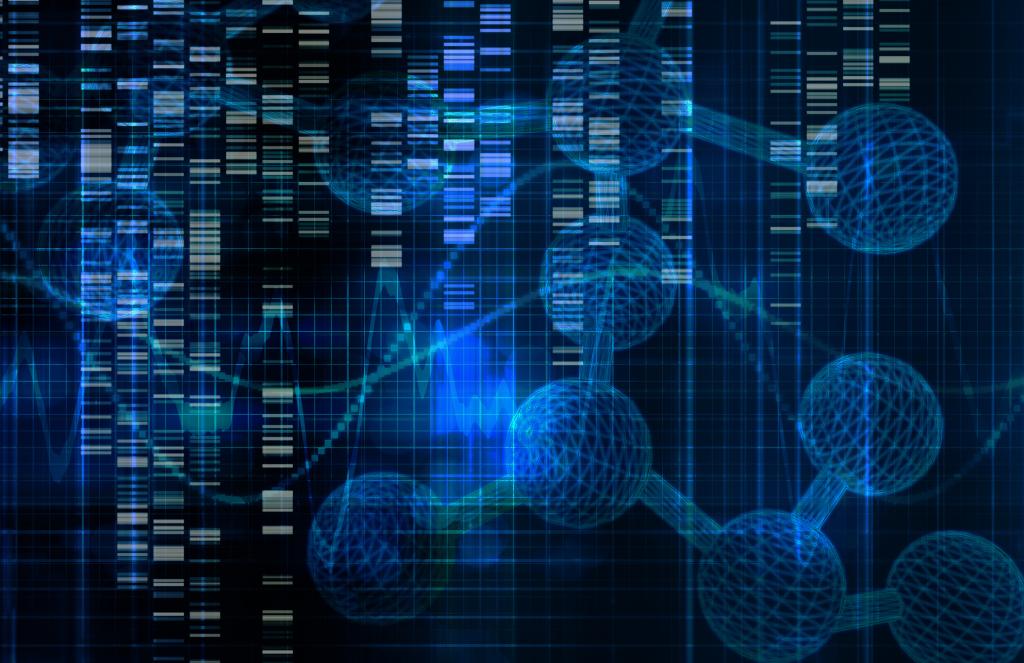Admission CTAs
California Channel Island deer mice may help answer greater conservation questions
In one of her first undergraduate classes on genetics, biosciences PhD student, Madeleine Becker became fascinated with the study of genes, natural selection, and the evolutionary history of mammals.
Becker recently received funding as part of the Ecological, Evolutionary, and Conservation Genomics Research Award from the American Genetics Association for her research on evolutionary and conservation genomics questions centered around California Channel Island deer mouse, a group of subspecies native to the Channel Islands off the coast of Southern California.
Becker will investigate evolutionary and conservation genomics in insular Peromyscus populations to uncover general patterns in isolated wild mammal populations while parsing the influences of founder effects, biogeography, lineage, and recent change.
By sequencing genome-wide loci from samples spanning 120 years across the eight California Channel Islands, Becker will take a time-series museomics approach to disentangling signatures of island colonization, inter-island migration, and historically documented bottlenecks.
Additionally, Becker will compare current population-level metrics of inbreeding and mutational load between islands and mainland mice as well as through time. By taking this unconventional approach in a well-studied mammal abundant in museum collections and the wild, she aims to extend the utility of islands as natural laboratories to test common genetic monitoring techniques and better understand baseline patterns of microevolution in isolation. This research will be valuable both its evaluation of the success of conservation interventions implemented on the California Channel Islands specifically, and by serving as an important reference point for ex situ conservation efforts hoping to replicate these measures or otherwise mitigate the harmful effects of genetic isolation and bottlenecks in threatened species.
Sometime in the early 20th or late 19th century, an invasive rat species appeared on Anacapa Island, one of the smallest of the Channel Islands, threatening the already endangered sea bird population as well as deer mice. The Channel Island National Park Service selected to remove the rats from the island, but needed to do so carefully, as it was the first eradication of a rat population living alongside a native rodent species.
“Although the invasive rats were successfully removed from the islands, genetic diversity among the deer-mice population may have been lost due to eradication,” said Becker.
In 2022, Becker received a grant from the Cosmos Club Foundation to study genetic diversity among Channel Island deer mice, to compare genetic differences in these Anacapa mice throughout the infestation, immediately after the rats were eradicated, and today. She will compare these results to diversity levels of mouse populations living with and without rats on the other Channel Islands to better understand the short-term genomic impact of both rat invasions and the potential for recovery after rat removal.
Becker is working to analyze historical DNA samples from preserved mice specimens collected by several natural history museums, including the Los Angeles Natural History Museum, Santa Barbara Museum of Natural History, Smithsonian National Museum of Natural History, the Field Museum, and the Museum of Southwestern Biology. She then will estimate how genetic diversity changed within the populations naturally, as well as due to human changes such as the introduction of rats and disease, or even accidentally carrying stowaway mice between islands. As part of her work, Becker traveled to the LA and Santa Barbara natural history museums to collect deer-mice samples—some more than 100 years old.
Becker said that understanding how species are affected positively or negatively through conservation efforts on the Channel Islands could later apply to conservation efforts to other ecosystems throughout the world.
“I think museum specimens are underutilized and incredibly powerful. It really gives to a gateway to the past,” she said. “Island ecosystems are vulnerable to pretty much any disturbance from the outside and so much of the world’s diversity and unique animals exist on islands. Learning how to protect them is critical to preserving the world’s biodiversity.”
Becker found herself on the east coast in 2019 to complete a mammalogy internship at the Smithsonian National Museum of Natural History. After learning of the Smithsonian Mason School of Conservation and numerous research opportunities available to George Mason University students, the California native selected to pursue her PhD in biosciences with a concentration in biocomplexity and evolutionary biology from the School of Systems Biology at Mason. Her advisors include Jesús Maldonado, adjunct faculty, and geneticist at the Center for Conservation Genomics at the Smithsonian Conservation Biology Institute, as well as Cody Edwards, senior associate dean for faculty and academic affairs, associate provost for a sustainable earth, and executive director, Smithsonian-Mason School of Conservation.

